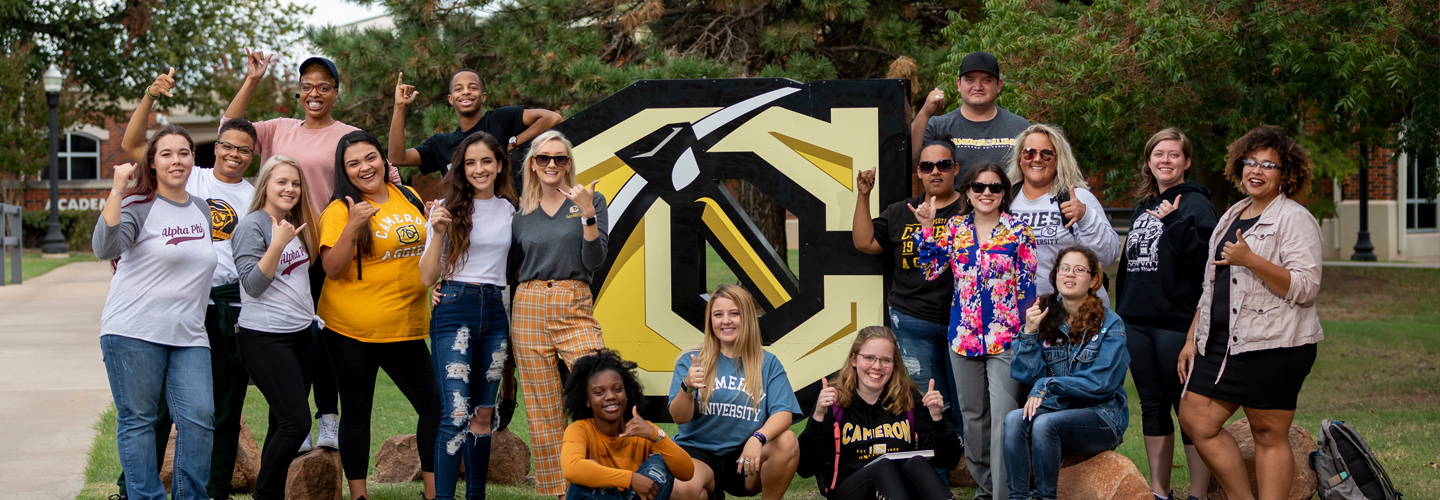Exercise
Regular physical activity can produce long-term health benefits. By being active, you will burn calories that you store from eating throughout the day and---it can be as easy as walking the dog or rigorous as running a marathon.
It is generally recommended to get at least two and a half hours each week of moderate-intensity aerobic physical activity. Sound a bit much with your busy college schedule.........that is only 30 minutes a day for five days. You need structure and schedule consider the gym. Not into the gym, consider using the stairs, walking rather than driving.
Whatever your choice you should consult your physician before starting a new activity. If you haven't been active in a while, start slowly and build up. Do what you can; some physical activity is better than none. The key is to have fun and put your body in motion.
Different Types of Physical Activity
Aerobic Activities make you breathe harder and your heart beat faster. Those that require moderate physical effort include but are not limited to: biking slowly, canoeing, ballroom dancing, general gardening, using your manual wheelchair, arm cycling, walking briskly and water aerobics. Vigorous activities are basketball, jumping rope, running or bicycling on hills, soccer, swimming laps and martial arts.
Not sure whether you are at a moderate or vigorous activity level? Try the talk test. If you can talk while you are active but you can't sing, then you are participating at a moderate level. If you can only say a few words without stopping to catch your breath, then you are engaging in vigorous activity.
Muscle-Strengthening Activities make your muscles stronger. Various activities can different muscle groups - legs, hips, back, chest, stomach, shoulders and arms. Consider a variety of activity to balance you workout and body. These might include but not limited to: lifting weights, push-ups, sit-ups, and working with resistance bands. Common household items such as bottled water and soup cans can also be used.
Bone-Strengthening Activities produce a force on the bones that promotes bone growth and strength. This force is commonly produced by impact with the ground. The good news: bone-strengthening activities can also be aerobic and muscle-strengthening like running, jumping rope, basketball, tennis and hopscotch.
Balance and stretching activities enhance physical stability and flexibility, which reduce the risk of injuries. Activities like basic stretches, dynamic stretching, yoga, pilates and tai chi prevent stiffness, enhance your balance and help keep your joints flexible while warming up to get ready for other activities. They may even help reduce your chance of injury during other activities.
No matter which activity you choose to engage in be sure you are doing it correctly for the best benefit and lessen your chances of injury.
- Walk the dog or a neighbor's dog
- Instead of calling friends, take a walk together to catch up
- Park you car as far away as possible to walk longer
- Walk or cycle to run errands
- Get off the bus one stop early and walk the rest of the way
- Choose the stairs instead of the elevator or escalator
- Wash the car
- Rake leaves or do yard work
- Plant and care for a garden
- Start your day with stretching
- End your day with calming yoga
- Sign up for dance lessons
- Experience the Great Outdoors and go for a hike or bike ride
- Grab a basketball or football for a quick game at a local park
- Join community sports team or league
- Participate in a local race
- Go swimming
Keep in mind that individuals with disabilities are just as capable and worthy of being active as someone without a disability and the activity does not have to be strenuous to provide positive benefits. Look for opportunities to be active in inclusive programs that are already in place.

